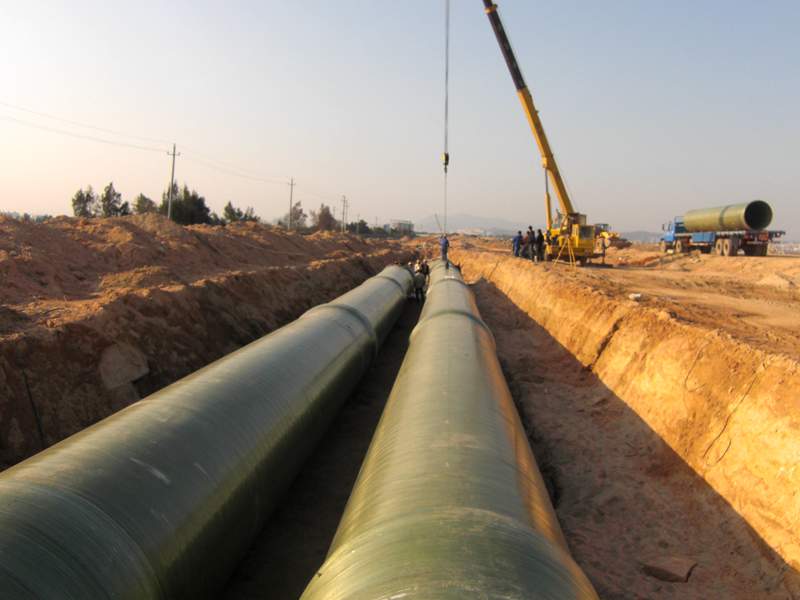
-
 Afrikaans
Afrikaans -
 Albanian
Albanian -
 Amharic
Amharic -
 Arabic
Arabic -
 Armenian
Armenian -
 Azerbaijani
Azerbaijani -
 Basque
Basque -
 Belarusian
Belarusian -
 Bengali
Bengali -
 Bosnian
Bosnian -
 Bulgarian
Bulgarian -
 Catalan
Catalan -
 Cebuano
Cebuano -
 China
China -
 China (Taiwan)
China (Taiwan) -
 Corsican
Corsican -
 Croatian
Croatian -
 Czech
Czech -
 Danish
Danish -
 Dutch
Dutch -
 English
English -
 Esperanto
Esperanto -
 Estonian
Estonian -
 Finnish
Finnish -
 French
French -
 Frisian
Frisian -
 Galician
Galician -
 Georgian
Georgian -
 German
German -
 Greek
Greek -
 Gujarati
Gujarati -
 Haitian Creole
Haitian Creole -
 hausa
hausa -
 hawaiian
hawaiian -
 Hebrew
Hebrew -
 Hindi
Hindi -
 Miao
Miao -
 Hungarian
Hungarian -
 Icelandic
Icelandic -
 igbo
igbo -
 Indonesian
Indonesian -
 irish
irish -
 Italian
Italian -
 Japanese
Japanese -
 Javanese
Javanese -
 Kannada
Kannada -
 kazakh
kazakh -
 Khmer
Khmer -
 Rwandese
Rwandese -
 Korean
Korean -
 Kurdish
Kurdish -
 Kyrgyz
Kyrgyz -
 Lao
Lao -
 Latin
Latin -
 Latvian
Latvian -
 Lithuanian
Lithuanian -
 Luxembourgish
Luxembourgish -
 Macedonian
Macedonian -
 Malgashi
Malgashi -
 Malay
Malay -
 Malayalam
Malayalam -
 Maltese
Maltese -
 Maori
Maori -
 Marathi
Marathi -
 Mongolian
Mongolian -
 Myanmar
Myanmar -
 Nepali
Nepali -
 Norwegian
Norwegian -
 Norwegian
Norwegian -
 Occitan
Occitan -
 Pashto
Pashto -
 Persian
Persian -
 Polish
Polish -
 Portuguese
Portuguese -
 Punjabi
Punjabi -
 Romanian
Romanian -
 Russian
Russian -
 Samoan
Samoan -
 Scottish Gaelic
Scottish Gaelic -
 Serbian
Serbian -
 Sesotho
Sesotho -
 Shona
Shona -
 Sindhi
Sindhi -
 Sinhala
Sinhala -
 Slovak
Slovak -
 Slovenian
Slovenian -
 Somali
Somali -
 Spanish
Spanish -
 Sundanese
Sundanese -
 Swahili
Swahili -
 Swedish
Swedish -
 Tagalog
Tagalog -
 Tajik
Tajik -
 Tamil
Tamil -
 Tatar
Tatar -
 Telugu
Telugu -
 Thai
Thai -
 Turkish
Turkish -
 Turkmen
Turkmen -
 Ukrainian
Ukrainian -
 Urdu
Urdu -
 Uighur
Uighur -
 Uzbek
Uzbek -
 Vietnamese
Vietnamese -
 Welsh
Welsh -
 Bantu
Bantu -
 Yiddish
Yiddish -
 Yoruba
Yoruba -
 Zulu
Zulu
grp duct
Understanding GRP Duct A Comprehensive Overview
In today’s world, where efficiency and sustainability are paramount in building design and construction, the use of Glass Reinforced Plastic (GRP) duct has garnered significant attention. GRP ducting systems offer a range of benefits that make them increasingly popular in various applications, including HVAC, industrial ventilation, and even wastewater management.
What is GRP Duct?
GRP duct is a type of ducting made from glass fiber reinforced polymer, a composite material that combines the tensile strength of glass fibers with the durability of plastic. This unique combination results in a lightweight yet robust product that can withstand varying environmental conditions. GRP duct is manufactured through a process called filament winding or through the use of molds, allowing for custom shapes and sizes to meet specific project requirements.
Advantages of GRP Duct
1. Corrosion Resistance One of the primary advantages of GRP duct is its outstanding resistance to corrosion. Unlike traditional duct materials such as galvanized steel or aluminum, which can deteriorate over time due to exposure to moisture, chemicals, and environmental stressors, GRP remains unaffected. This property makes it an ideal choice for industries dealing with aggressive chemicals, including wastewater treatment and chemical processing.
2. Lightweight GRP duct is significantly lighter than metal ducting systems, making it easier to handle and install. The reduced weight can result in lower transportation costs and simpler installation procedures, particularly in complex structures where weight considerations are crucial.
3. Thermal Insulation The thermal insulating properties of GRP duct help to minimize the loss of conditioned air, leading to enhanced energy efficiency. This feature is particularly beneficial in HVAC systems where maintaining specific temperature zones is essential.
grp duct

4. Low Maintenance With fewer maintenance requirements than traditional metal ducting, GRP duct systems can lead to significant cost savings over time. Their inherent durability means that they do not rust or require frequent repairs, allowing building owners to focus on other areas of facility management.
5. Custom Design Capabilities The versatility of GRP allows for various custom designs and configurations. This adaptability is crucial in modern construction, where unique architectural designs and layouts are commonplace. GRP duct can easily be tailored to fit almost any application, ensuring a perfect fit that enhances overall system performance.
Applications of GRP Duct
GRP duct systems are employed across diverse sectors. In the HVAC industry, they provide efficient air distribution for residential, commercial, and industrial buildings. In the field of wastewater management, GRP ducts are utilized to transport effluents and other byproducts due to their resistance to corrosion and chemical attack. In addition, they are used in power plants, pulp and paper industries, and even in marine applications, highlighting their versatility.
Environmental Considerations
As global focus shifts towards sustainability, GRP duct systems offer an environmentally friendly option. They can be manufactured with recycled materials and are fully recyclable at the end of their lifecycle, reducing their impact on landfill. Additionally, their energy-efficient properties contribute to reduced energy consumption in buildings, further promoting sustainability.
Conclusion
In summary, GRP ducting systems represent a modern advancement in ductwork technology, offering superior performance characteristics that cater to a broad range of applications. Their lightweight, corrosion-resistant, and energy-efficient nature make them an attractive alternative to traditional duct materials. As industries continue to seek innovative solutions that prioritize both functionality and sustainability, GRP duct is poised to play a critical role in the future of construction and facility management.









